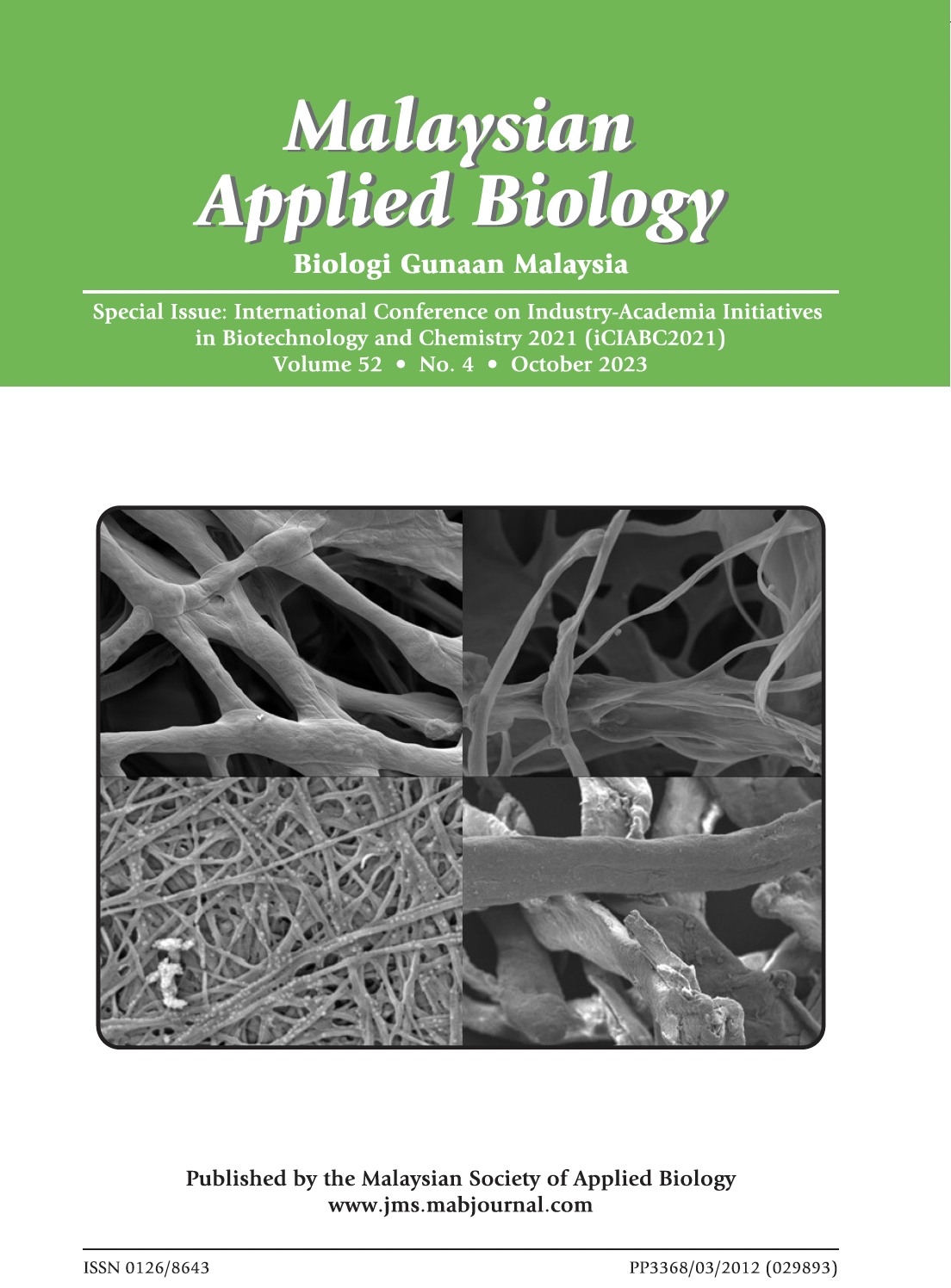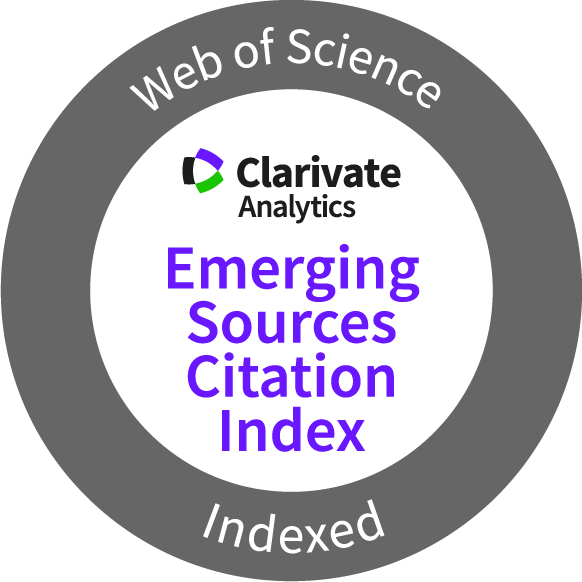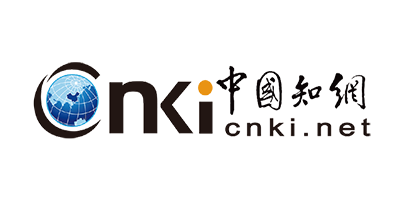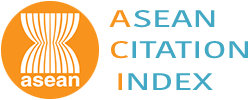Polycaprolactone/Cellulose Acetate Loaded Psidium guajava Essential Oil Electrospun Nanofibrous Mat Dressing for Healing Wounds
Keywords:
Biocomposite nanofibers, cellulose acetate (CA), polycaprolactone (PCL), sidium guajava essential oil (PGEO), wound healingAbstract
Natural products and essential oils of medicinal plants are extensively employed in wound healing, particularly in the pharmaceutical industry. Essential oils obtained from Psidium guajava were utilised as an antibacterial agent against Bacillus subtilis, Staphylococcus aureus, and Enterococcus faecalis, and to control drug-resistant strains. In this study, electrospinning for applications in antimicrobial activity and drug delivery systems was used to develop biocomposite nanofibers of Polycaprolactone (PCL)/Cellulose Acetate (CA) and Psidium guajava essential oil (PGEO). Images from the FESEM revealed that the mean fire diameters were 120 nm for the PCL/CA and 223 nm for PCL/CA/PGEO biocomposite nanofibers. The diameters of the nanofibers were increased following the addition of PGEO into PCL/CA nanofibers. Furthermore, FTIR studies revealed the -OH peak in pure electrospun PCL/CA and PCL/CA/PGEO, lacking pure PGEO nanofibrous mats. These findings reflect that Psidium guajava essential oil/PCL/CA electrospun nanofibers are promising candidates for presenting bioactive compounds in wound management or other approaches for wound healing and bacterial infections.
Downloads
Metrics
References
Ågren. M.S. 2016. Wound Healing Biomaterials Volume 2: Functional Biomaterials. Woodhead Publishing, Cambridge. 542 pp.
Anand, V., Manikandan, Kumar, V., Kumar, S., Pushpa & Hedina, A. 2016. Phytopharmacological overview of Psidium guajava Linn. Pharmacognosy Journal, 8(4): 314-320. DOI: https://doi.org/10.5530/pj.2016.4.3
Bessa, L.J., Fazii, P., Di Giulio, M. & Cellini, L. 2015. Bacterial isolates from infected wounds and their antibiotic susceptibility pattern: some remarks about wound infection. International Wound Journal, 12(1): 47-52. DOI: https://doi.org/10.1111/iwj.12049
Ekom, S.E. & Tamokou, J.D.D. 2018. Methanol leaves extract of Psidium guajava Linn. exhibited antibacterial and wound healing activities. International Journal of Current Microbiology and Applied Sciences, 7(7): 4008-4023. DOI: https://doi.org/10.20546/ijcmas.2018.707.467
Fikru, A., Makonnen, E., Eguale, T., Debella, A. & Mekonnen, G.A. 2012. Evaluation of in vivo wound healing activity of methanol extract of Achyranthes aspera L. Journal of Ethnopharmacology, 143(2): 469-474. DOI: https://doi.org/10.1016/j.jep.2012.06.049
Hussin, N.N., Adzahar, N.S., Lee, T.C. & Venugopal, J.R. 2021. Chemical constituents profiles and antibacterial activity of Psidium guajava leaves essential oil. Materials Science Forum, 1025: 242-246. DOI: https://doi.org/10.4028/www.scientific.net/MSF.1025.242
Joseph, B. & Priya, R.M. 2011. Phytochemical and biopharmaceutical aspects of Psidium guajava (L.) essential oil: A review. Research Journal of Medicinal Plant, 5(4): 432-442. DOI: https://doi.org/10.3923/rjmp.2011.432.442
Meireles, C.D.S., Filho, G.R., Fernandes, F.M., Cerqueira, D.A., Assunção, R.M.N., Ribeiro, E.A. M., Poletto, P. & Zeni, M. 2010. Characterization of asymmetric membranes of cellulose acetate from biomass: Newspaper and mango seed. Carbohydrate Polymers. 80(3): 954-961. DOI: https://doi.org/10.1016/j.carbpol.2010.01.012
Mochane, M.J., Motsoeneng, T.S., Sadiku, E.R., Mokhena, T.C. & Sefadi, J.S. 2019. Morphology and properties of electrospun PCL and its composites for medical applications: A mini review. Applied Sciences, 9(11): 2205. DOI: https://doi.org/10.3390/app9112205
Pielesz, A. & Biniaś, W. 2010. Cellulose acetate membrane electrophoresis and FTIR spectroscopy as methods of identifying a fucoidan in Fucus vesiculosus Linnaeus. Carbohydrate Research, 345(18): 2676-82. DOI: https://doi.org/10.1016/j.carres.2010.09.027
Rakmai, J., Cheirsilp, B., Mejuto, J.C., Simal-Gándara, J. & Torrado-Agrasar, A. 2018. Antioxidant and antimicrobial properties of encapsulated guava leaf oil in hydroxypropyl-beta-cyclodextrin. Industrial Crops and Products, 111: 219-225. DOI: https://doi.org/10.1016/j.indcrop.2017.10.027
Ramalingam, M., & Ramakrishna, S. 2017. Nanofiber Composites for Biomedical Applications. Woodhead Publishing, Cambridge. 529 pp.
Ribeiro-Santos, R., Andrade, M. & Sanches-Silva, A. 2017. Application of encapsulated essential oils as antimicrobial agents in food packaging. Current Opinion in Food Science, 14: 78-84. DOI: https://doi.org/10.1016/j.cofs.2017.01.012
Satyal, P., Paudel, P., Lamichhane, B. & Setzer, W. N. 2015. Leaf essential oil composition and bioactivity of Psidium guajava from Kathmandu, Nepal. American Journal of Essential Oils and Natural Products, 3(2): 11-14.
Singh, S., Young, A. & McNaught, C. 2017. The physiology of wound healing. Surgery, 35(9): 473-477. DOI: https://doi.org/10.1016/j.mpsur.2017.06.004
Thenmozhi, S. & Rajan, S. 2015. GC-MS analysis of bioactive compounds in Psidium guajava leaves. Journal of Pharmacognosy and Phytochemistry, 3(5): 162-166.
Zuhaira, S., Nizam, N.M. & Ridzuan, P. 2018. The Efficacy of Psidium guajava Linn leaf extracts from Selangor region against gram-positive and gram-negative bacteria. Folia Medica Indonesiana, 54(4): 294-300. DOI: https://doi.org/10.20473/fmi.v54i4.10716
Published
How to Cite
Issue
Section
Any reproduction of figures, tables and illustrations must obtain written permission from the Chief Editor (wicki@ukm.edu.my). No part of the journal may be reproduced without the editor’s permission
Funding data
-
Universiti Malaysia Pahang
Grant numbers RDU 210304

